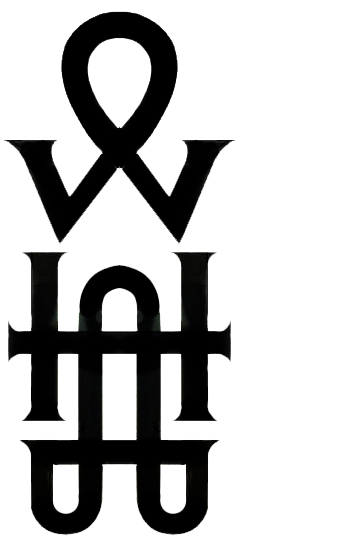NEW WORK
PHANTASMA MONOMACHIA
Highlighter, paint pen and pencil on paper
In this work, Blake’s precursor to A Vision of the Last Judgement (1808) is subjected to contagion.
His multitudes of the risen dead are transformed into variations of phantasms of the automatic line.
The forms arise, dissipate, consume and beget each other; hierarchy and taxonomy collapse. Simple forms born of air replace the anatomical density of Blake’s figures.
The eye is drawn to bisymmetry, but asymmetry erupts with organic exuberance as the hand takes over from the mind, and marginalia overtakes the centre; the vibrant, translucent colours of highlighter and paint pens recall the automatic line’s origin in writing.
HARVARD DIVINITY SCHOOL
EVENT
VIDEO: Ways of Knowing through the Changing Landscapes of Esoteric Art
In this illustrated talk and conversation, we will explore how our understanding of artists’ esoteric practice is shaping the conversation between art, artists and the audience. We will primarily be looking at the contributions of women artists, both historical and current, ranging from the Theosophically inspired Hilma af Klint and Surrealist occultist Ithell Colquhoun to a number of contemporary artists for whom esoteric practice is foundational to their art. For many years esoteric and occult practices in art have been sidelined as marginal and even taboo within art historical discourses. However, the recent cultural explosion of interest in esotericism and the occult is redefining the contributions of esotericism on the development of visual art, particularly from the late nineteenth century onward.
Barry William Hale, Conjuration of BEELZEBUB, Aluminum print, 2018



![31239413_10155408377358457_4681334648704484092_n[1].jpg](https://images.squarespace-cdn.com/content/v1/564fe23ce4b0070eb04ad4db/1527495675380-523W8HTPGM6IJ47HUJGL/31239413_10155408377358457_4681334648704484092_n%5B1%5D.jpg)
![32312952_10155442497778457_8655096418475704320_n[1].jpg](https://images.squarespace-cdn.com/content/v1/564fe23ce4b0070eb04ad4db/1527495699879-V0XDDI1DEH83BE2GO2T8/32312952_10155442497778457_8655096418475704320_n%5B1%5D.jpg)

![31564217_10155418102703457_208482037579907072_n[1].jpg](https://images.squarespace-cdn.com/content/v1/564fe23ce4b0070eb04ad4db/1527495741704-ULOO5960O2XNT0JFSF40/31564217_10155418102703457_208482037579907072_n%5B1%5D.jpg)



